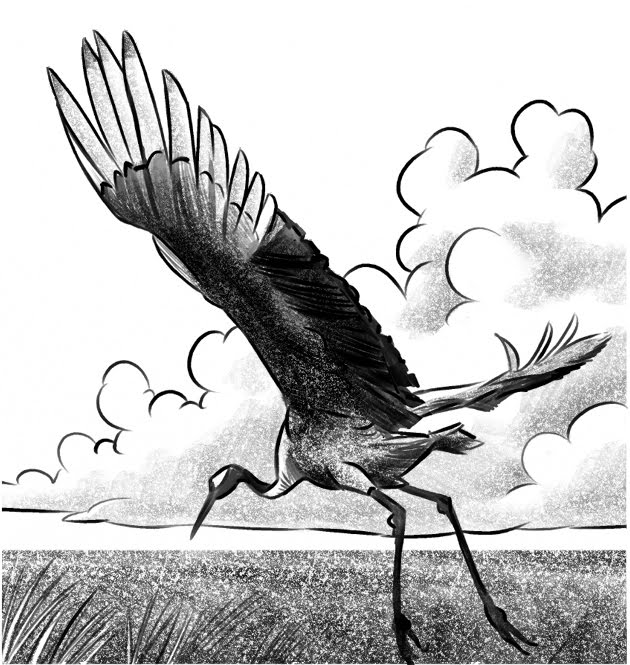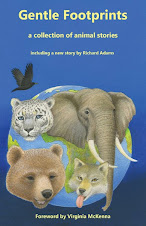
The salmon is a truly extraordinary animal. Here is a description of the life and times of the pacific variety, some of which are pictured here.
Salmon eggs are laid in freshwater streams typically at higher latitudes. The eggs hatch into alevin. these alevin quickly develop into parr which stay for one to three years in their natall stream. They then become smolts, distinguished by their bright silvery colour. Only 10% of eggs survive to this stage. The smoly body chemistry slowly changes allowing the fish to move from fresh to brackish to sea water.
Salmon, depending on the species spend from one to five years in the ocean, where they become sexually mature. Almost all return to their natal stream to spawn, though they can colonise new streams as glaciers retreat. The mechanism that enables them to find their home stream is not undertsood but salmon are known to have a very powerful sense of smell.
As they prepare to spawm most salmon darken in colour, some becoming deep pink or even red. They move upstream against strong currents sometimes travelling hundreds of miles. Chinook and Sockeye salmon from Idaho, for example, travel 900 miles and climb nearly 7000 feet. The longer the fish remains in fresh more the more its condition deteriorates. After spawning it deteriorates very quickly indeed and nearly all die.
To lay her roe, the female salmon uses her caudal fin to create a low pressure zone, lifting gravel to be swept downstream. This leaves a shallow depression into which she lays about 5000 eggs, ranging in colour from orange to red. One or more males will then deposit their milt over the roe. The female then swims upstream and disturbs more gravel which then settles over the redd, thus protecting the eggs. Remarkably the female will make as many as seven redds before she is exhausted.
Feshwater streams and estuaries provide important habitat for many salmon species. They feed on terrestrial and acquatic insects, amphipods and other crustaceans while young, and primarily on other fish when older. Mortality is high to natural predation but also to human induced changes in habitat, such as silting, high water temperatures, low oxygen, loss of stream cover and reductions in flow. estuaries and their associated wetlands provide vital nurseries for the salmon as they adapt to salt water. they also provide important feeding and hiding areas.
More on the human threat to salmon tomorrow.






I was wondering how you would make salmon interesting but great job, Mark! Loving it!
ReplyDeleteDebz ;)